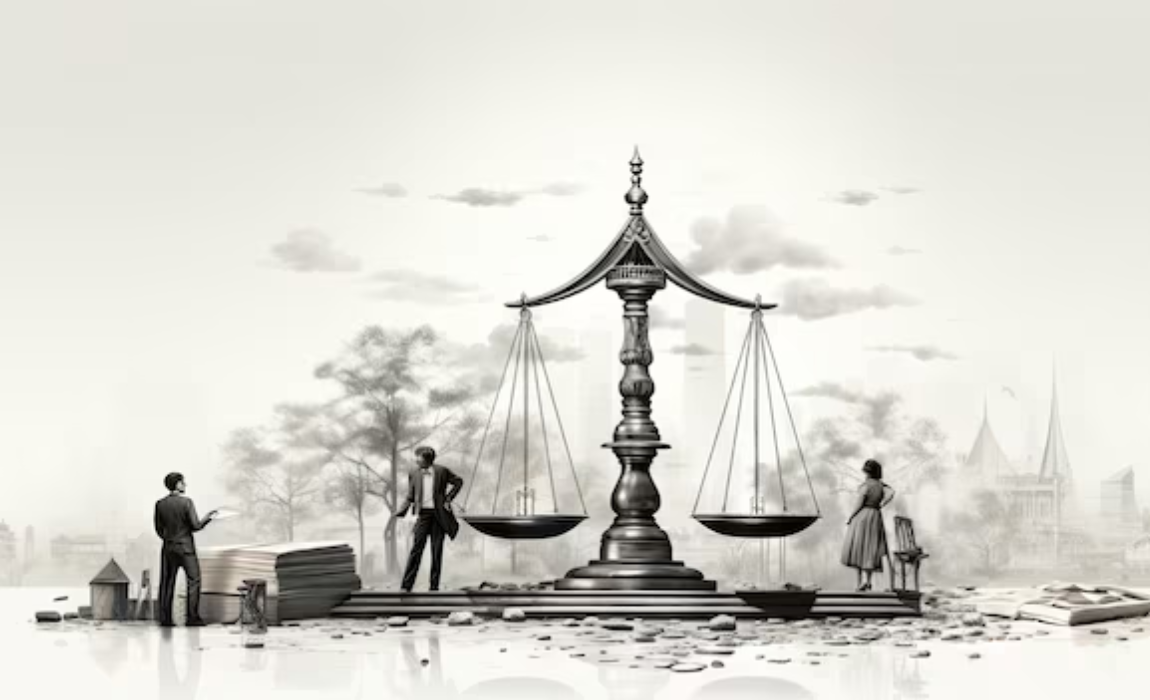
National Legal Services Day: Free Aid’s Promise vs India’s Justice Delivery Reality
Every year, November 9—National Legal Services Day—arrives with reminders of what the Indian justice system aspires to be: accessible, equitable, and humane. It commemorates the enactment of the Legal Services Authorities Act, 1987, a law built upon a simple but profound constitutional promise: that justice should not be sold, delayed, or denied merely because someone is poor. More than three decades later, the gap between this promise and the lived reality of millions of Indians remains stubbornly wide.
To its credit, the Legal Services Authorities Act created an ambitious architecture. At the national, state, district, and taluka levels, Legal Services Authorities were mandated to provide free legal aid to the marginalised—women, children, SC/ST
communities, victims of trafficking, persons in custody, the disabled, and those whose income falls below specified limits. Lok Adalats were introduced as a mechanism to decongest courts by encouraging settlement. On paper, it was a democratisation of justice; in spirit, a recognition that rights mean nothing if they cannot be claimed.
Yet, on the ground, India’s legal aid system is trapped in a paradox: it has never been more widespread, and yet never more insufficient. Consider this. Over 75% of India’s prisoners are undertrials, many of them languishing for months or years simply because they cannot afford a lawyer or secure bail. Prison legal aid clinics exist, but they are understaffed and overburdened. Paralegal volunteers—often the backbone of legal outreach—operate with minimal training and inconsistent support.
The perception problem is equally acute. To many citizens, “free legal aid” still carries the stigma of being low-quality, slow, or half-hearted. Several studies conducted by judicial academies and law universities reveal a troubling pattern: beneficiaries often do not know that they are entitled to free counsel; when they do, they hesitate because they believe that paid lawyers “take cases more seriously.” This confidence deficit undermines the very purpose of the system.
Resource constraints deepen the crisis. Legal services authorities function with limited budgets, and empanelled lawyers are paid honorariums that are far below market rates. The inevitable result is inconsistent commitment. Some do extraordinary work—but many treat legal aid as secondary to their private practice. Without strong monitoring, accountability metrics, or performance assessments, the quality of aid becomes a matter of luck rather than a matter of right.
To dismiss these problems as administrative glitches would be unfair. India’s legal services network, despite its flaws, has made measurable impact. Lok Adalats have successfully resolved millions of cases—especially traffic challans, family disputes, and land matters— removing some pressure from already clogged courts. Legal awareness camps have helped survivors of domestic violence, bonded labour, and child marriage seek relief. Initiatives led by NALSA, such as campaigns on victim compensation and access to legal aid for transgender persons, show that the system is evolving.
But mere incremental improvement is not enough when the challenge is structural. What India needs is a shift in mindset: from charity-based legal aid to rights-based legal empowerment. This means professionalising the legal aid cadre, investing in training, ensuring fair compensation to empanelled advocates, integrating technology for real-time tracking of cases, and partnering with law schools to build a stronger research and outreach ecosystem. It also requires courts to actively enforce the right to legal representation, especially at the pre-trial and remand stages where violations are most common.
National Legal Services Day should serve not as a symbolic ritual but as a reminder that access to justice is a constitutional guarantee, not a welfare scheme. The moral health of a legal system is measured not by how it treats the powerful but by how it serves the powerless. Until free legal aid becomes synonymous with competent, dignified, and timely representation, India’s justice delivery system will continue to fall short of its own ideals.
The promise of equal justice exists. The challenge is delivering it—not once a year, but every day.
